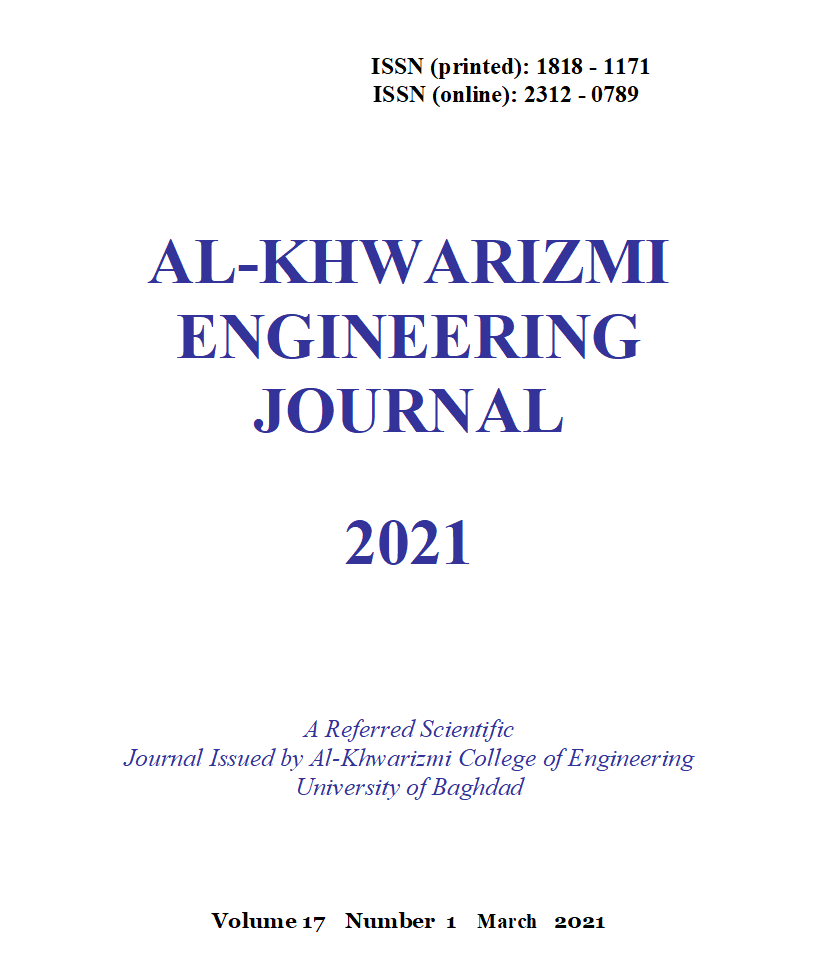Influence of Aging Heat Treatment on Pitting Corrosion Resistance of Martensitic Stainless Steel
DOI:
https://doi.org/10.22153/kej.2021.12.003Abstract
In this research is to study the influence of the aging heat treatment on the pitting corrosion resistance of martensitic stainless steel (MSS), where a number of specimens from martensitic stainless steel were subjected to solution treatment at 1100 oC for one hour followed by water quenching then aging in the temperatures range (500-750) oC for different holding times (1,5,10,15&20) hr. Accelerated chemical corrosion test and immersion chemical corrosion test were performed on samples after heat treatment. The results of the research showed that the pitting corrosion resistance is significantly affected by the aging temperature. Where found that the aging samples at a temperature of 500 °C have the highest rate of corrosion which may be due to an increase in the ratio of the Delta type ferrite (δ-ferrite) and very soft precipitates from other phases of heterogeneous form in the basic martensitic phase; which leads to increased corrosion rate, whereas aging samples in the temperature range (550–650) °C have the smaller rate of corrosion values, this is due to the high volumetric ratio of remaining austenite. The aging samples at temperatures above 650 °C show an average corrosion rate. It was also found that the type of pits resulting from both the chemical corrosion tests and their shape were not related to the ferrite type and the carbides present in the microstructure
(Received 19 June 2019; accepted 9 December 2020)
Downloads
Downloads
Published
Issue
Section
License
Copyright: Open Access authors retain the copyrights of their papers, and all open access articles are distributed under the terms of the Creative Commons Attribution License, which permits unrestricted use, distribution, and reproduction in any medium, provided that the original work is properly cited. The use of general descriptive names, trade names, trademarks, and so forth in this publication, even if not specifically identified, does not imply that these names are not protected by the relevant laws and regulations. While the advice and information in this journal are believed to be true and accurate on the date of its going to press, neither the authors, the editors, nor the publisher can accept any legal responsibility for any errors or omissions that may be made. The publisher makes no warranty, express or implied, with respect to the material contained herein.
















